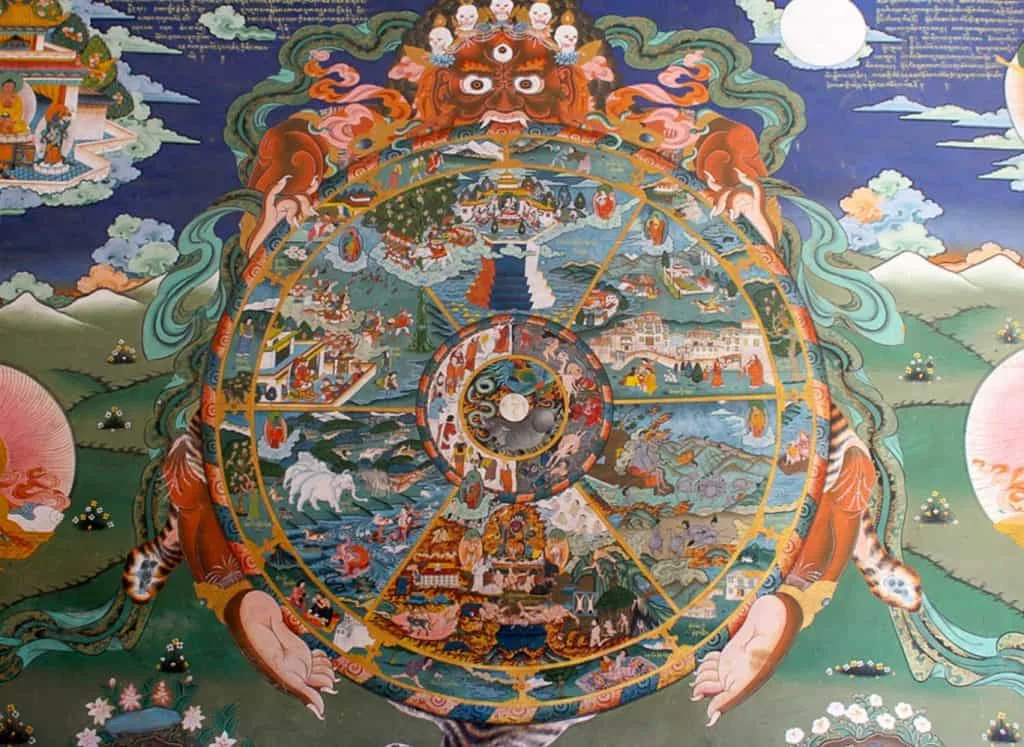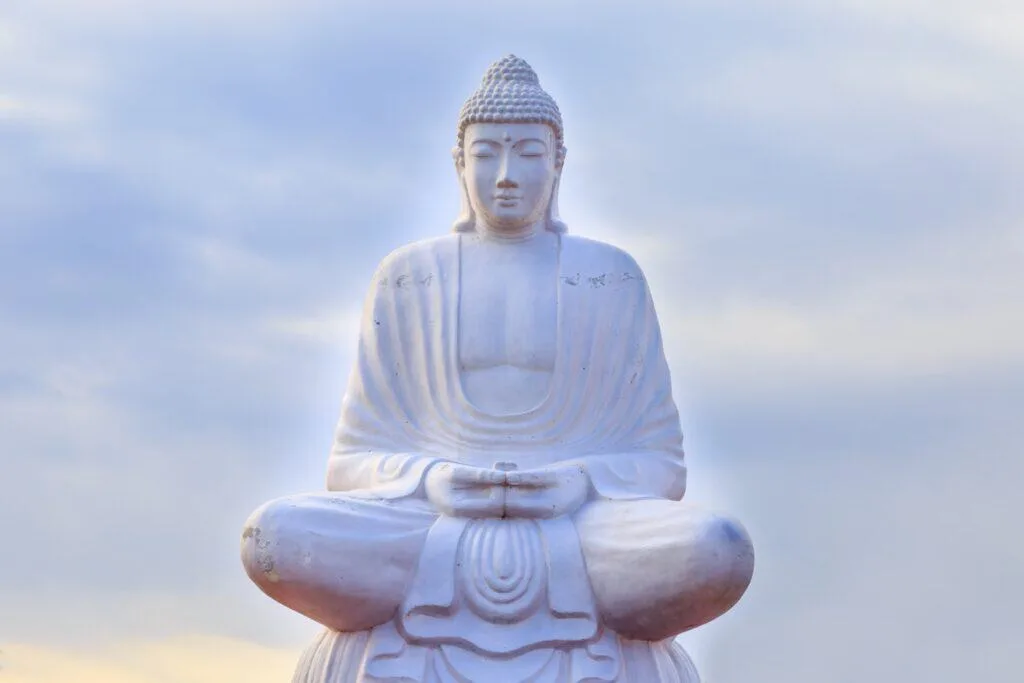Shamatha meditation is a traditional Buddhist practice that aims to train the mind to achieve a state of calm and clarity. In this practice, the practitioner focuses their attention on a single object, such as the breath, and cultivates the ability to maintain that focus for extended periods. Through this process, the practitioner gradually gains control over their mind and learns to overcome distractions and negative mental states.
The practice of Shamatha meditation is divided into nine stages, each building upon the previous one. The first stage involves learning the instructions and placement of the mind, where the practitioner becomes familiar with the meditative posture and begins to develop directed attention. As the practitioner progresses through the stages, they develop greater levels of mindfulness, concentration, and peace. Ultimately, Shamatha meditation aims to achieve a state of mental clarity and stability, known as “calm abiding” or “tranquil abiding.”
Meditation is a powerful tool for cultivating a calm and focused mind, and Shamatha meditation is one of the most effective forms of meditation for achieving this goal. With consistent effort and practice, anyone can learn to develop the skills and qualities necessary to progress through the nine stages of Shamatha meditation and achieve a state of inner peace and clarity. Whether you are new to meditation or an experienced practitioner, Shamatha meditation offers a powerful path for cultivating a calm and focused mind.
The Nine Stages of Shamatha Meditation
Shamatha meditation is a form of Buddhist meditation that aims to develop a calm and focused mind. It involves training the mind to be aware of the present moment and to let go of distractions. The practice of shamatha meditation is divided into nine stages, each of which builds upon the previous one. In this section, we will explore the nine stages of shamatha meditation.
Stage 1: Placement
The first stage of shamatha meditation is called placement. In this stage, the practitioner learns to place their attention on an object of focus, such as the breath. The focus is on maintaining attention on the object without getting distracted. This stage is attained through the power of listening.
Stage 2: Continuous Attention
The second stage of shamatha meditation is continuous attention. In this stage, the practitioner learns to maintain their attention on the object of focus for longer. The focus is on developing a continuous stream of attention on the object of focus. This stage is attained through the power of mindfulness.
Stage 3: Repeated Attention
The third stage of shamatha meditation is repeated attention. In this stage, the practitioner learns to repeatedly bring their attention back to the object of focus whenever it wanders. The focus is on developing the ability to bring the mind back to the object of focus with ease. This stage is attained through the power of introspection.
Stage 4: Close Placement
The fourth stage of shamatha meditation is close placement. In this stage, the practitioner learns to place their attention on the object of focus with great clarity and precision. The focus is on developing a clear and vivid image of the object of focus. This stage is attained through the power of pliancy.
Stage 5: Taming
The fifth stage of shamatha meditation is taming. In this stage, the practitioner learns to tame the distractions that arise during meditation. The focus is on developing the ability to recognize distractions and let them go. This stage is attained through the power of enthusiasm.
Stage 6: Pacifying
The sixth stage of shamatha meditation is pacifying. In this stage, the practitioner learns to pacify the distractions that arise during meditation. The focus is on developing the ability to pacify distractions and bring the mind back to the object of focus. This stage is attained through the power of introspection.
Stage 7: Fully Pacified
The seventh stage of shamatha meditation is fully pacified. In this stage, the practitioner learns to fully pacify all distractions that arise during meditation. The focus is on developing the ability to maintain a state of calm abiding. This stage is attained through the power of equanimity.
Stage 8: Single-Pointed Attention
The eighth stage of shamatha meditation is single-pointed attention. In this stage, the practitioner learns to develop a single-pointed attention on the object of focus. The focus is on developing the ability to maintain a state of absorbed concentration. This stage is attained through the power of application.
Stage 9: Stability
The ninth and final stage of shamatha meditation is stability. In this stage, the practitioner learns to maintain a state of calm abiding with great stability. The focus is on developing the ability to maintain a state of calm abiding with great clarity and stability. This stage is attained through the power of equanimity.
In conclusion, the nine stages of shamatha meditation are a powerful tool for developing a calm and focused mind. By following these stages, practitioners can develop a deep sense of tranquility, strength, and clarity. The practice of shamatha meditation can lead to a greater understanding of the mind and the world around us, and can help us to cultivate love, compassion, and contentment.








